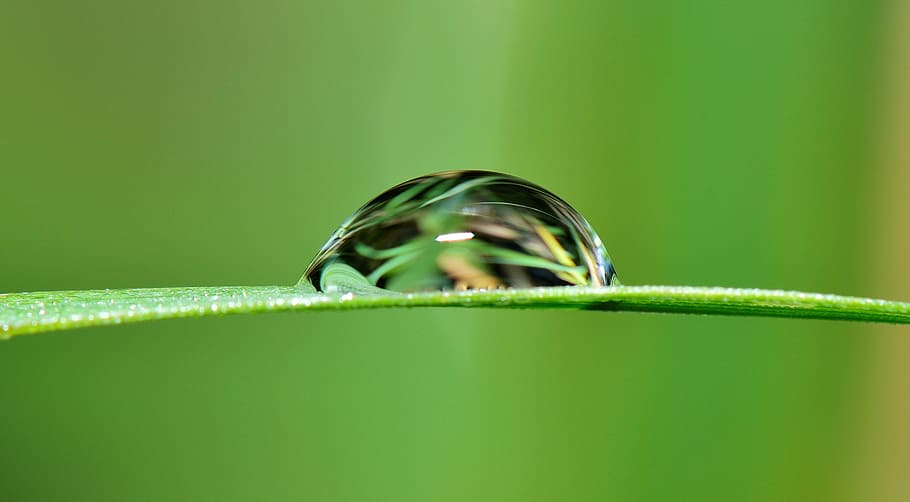
Water Activity vs Moisture
Let’s discuss about the difference between the terms water activity vs moisture…
Can any life on this earth neglect the importance of water?
Can any food professional neglect the importance of water in determining product shelf life?
I think the answer to both the questions is NO.
WATER: not only essential for ‘life’ but also for ‘product shelf life’
So, I thought to discuss the most important aspect of food processing – Water, which is commonly known as moisture content among the food professionals.
I would try to touch and explain following aspects in a simplified way :-
- Moisture content
- Water activity
Water Activity vs Moisture Content:-
Moisture content:
The moisture content of the product is the total water present in the given product.
Water is present in different forms in a product.
A proportion of the total water is attached to the molecules of the product through bonding with specific sites like hydroxyl, carbonyl or other suitable groups present in food.
When all sites are (statistically) occupied by adsorbed water, the moisture content is termed the BET (Brunauer–Emmett–Teller) monolayer value.
Typical examples include gelatin (11%), starch (11%), amorphous lactose (6%) and whole spray-dried milk (3%).
The BET monolayer value, therefore, represents the moisture content at which the food is most stable.
Once the monolayer is completely developed, water starts adhering to monolayer which has solutions of soluble components.
The third form is ‘free’ water condensed within the capillary structure or in the cells of food.
Water activity
Here, as we see that water is present in three different forms, a question arises,
Are all forms of water important in determining the product shelf life?
Again, the answer is NO.
To explain this, I would ask another question – what is the role of water in deciding the shelf life of the product?
Let me answer this question for you…
- Water is used by microbes for their growth
- Microbes grow because it acts as a solvent for many nutrients
- It acts as a solvent for many substrates, on which enzyme acts
- It acts as a solvent for free radicals
So, it is quite evident that water, until and unless available, can not be utilized for any of the above functions.
Thus, we can say that the monolayer water doesn’t help in any of the above functions.
So, a product with the same moisture content can have a different shelf life.
This free water can be expressed in terms of water activity (aw)
which is technically defined as the ratio of vapour pressure of water in product to vapour pressure of pure water.
I don’t want people to remember water activity by its definition; rather want to understand this term. In a layman language, I can say that water activity is the indication of free water available. How to correlate it with the definition. Vapour pressure is also dependent on free water. The more the free water, more will be the vapour pressure. Pure water is 100% free and so is having maximum vapour pressure. In defining water activity, we actually compare the vapour pressure of a product with pure water but not with any other solvent or liquid. For ex., If we say that a product is having 0.8 aw, we want to say that the product is equal to 80 g of free water as compared to 100 g of free water.
So, it is the water activity that is crucial, in deciding the product shelf-life, not the moisture content.
Water activity and product shelf life
When we say, product stability is less, the first thing which comes to our mind is the microbial spoilage. But it is not so.
Have you ever observed the text on any edible product that you have bought?
Undoubtedly, I get a no, from most of you.
Agreed?!
Now, the thing you should always observe when you buy any edible product is to check it’s expiry date.
Every edible product has its shelf life mentioned on its pack.
Is it that, after that defined date, the product becomes microbiologically unsafe?
NO!!
There are many other changes which occur in the product, which makes it less palatable and less enjoyable.
That is why, we say ‘Best before date’.
So, I guess, one more question has popped out in your mind,.
Then, what are those factors which decide product quality or shelf life?
- Microbial growth
- Lipid oxidation
- Browning reaction
- Enzyme Activity
Above mentioned four parameters are the ones that play their own major roles in deciding a shelf-life of a product.
How water activity effects other parameters?

So, Now I have got you a brain teaser…
Let us see if you can solve this…
Because, I know the your doubt on Water activity vs Moisture got cleared after reading this article.

Brain Teaser
We have two products, A and B. A has moisture content of 10% and B has moisture content of 40%. Which of these products will have higher shelf life?
Lets discuss this, and give your views in comment section
Check out our article: https://foodtechpathshala.com/science-of-protein-denaturation-by-heat/




Yet to come across such distilled piece of info on water-activity and moisture content. Thanks Sanjeev Sir. Glad if you can kindly include some real life examples to enrich this info.